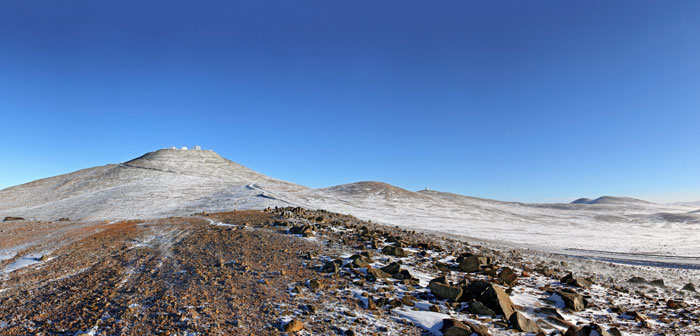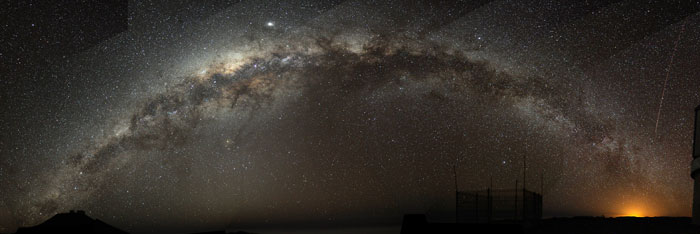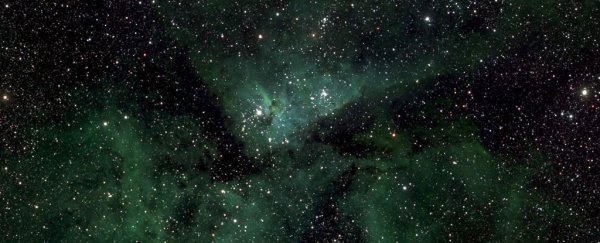The largest astronomical image ever made is so big we can't even show it here. To see this brilliant masterpiece in all its beauty, you'll have to use this online tool, which not only shows the image but also has a search feature you can use to identify specific objects.
Generated from five years of observations in one of the driest places on Earth, the image is of our home galaxy the Milky Way. And it reveals 50,000 never-before-seen variable objects. Space just got a little more crowded.
Variable objects get their name from the fact that the light we receive from them varies over time. This can happen when a second object, like a planet or star, passes in front of the variable object and temporarily blocks some of its light. For this reason, variable objects are a vital tool in many fields of astronomy, including the search for planets outside of our Solar System.
Astronomers at the Ruhr-Universität Bochum in Germany spent night after night snapping pictures of the southern sky at their university observatory in the Atacama Desert, in Chile.
 Paranal Observatory in the Atacama Desert in Chile. Credit: Stas1995/Wikimedia
Paranal Observatory in the Atacama Desert in Chile. Credit: Stas1995/Wikimedia
Next to the frozen deserts at the North and South Poles, the Atacama Desert is the driest place on Earth. Some parts are so arid that no plants or animals can survive.
These extreme conditions are an observational astronomer's paradise. The dry air means few cloudy nights, clear skies, and most importantly, limited moisture to absorb or deflect precious light from faint cosmic objects, including variable objects. Under these pristine conditions, the astronomers focused on the iconic bright band across the sky that shines from the densely packed stars near the center of our galaxy.
 A fish-eye mosaic of the Milky Way arching across the night sky – about 100,000 light-years long. Credit: Bruno Gilli/ESO
A fish-eye mosaic of the Milky Way arching across the night sky – about 100,000 light-years long. Credit: Bruno Gilli/ESO
To spot the variable objects, they take pictures of the same spot in the sky over several days and then compare them. The team's work spanned such a large region of the sky that they first divided the photos up into 268 sections and then combined them forming what is the largest, single astronomical image to date. It contains 47 billion pixels and took several weeks to process.
By identifying over 50,000 new variable objects, these astronomers have contributed an invaluable data set for future investigations of other solar systems and their planets.
This article was originally published by Business Insider.
